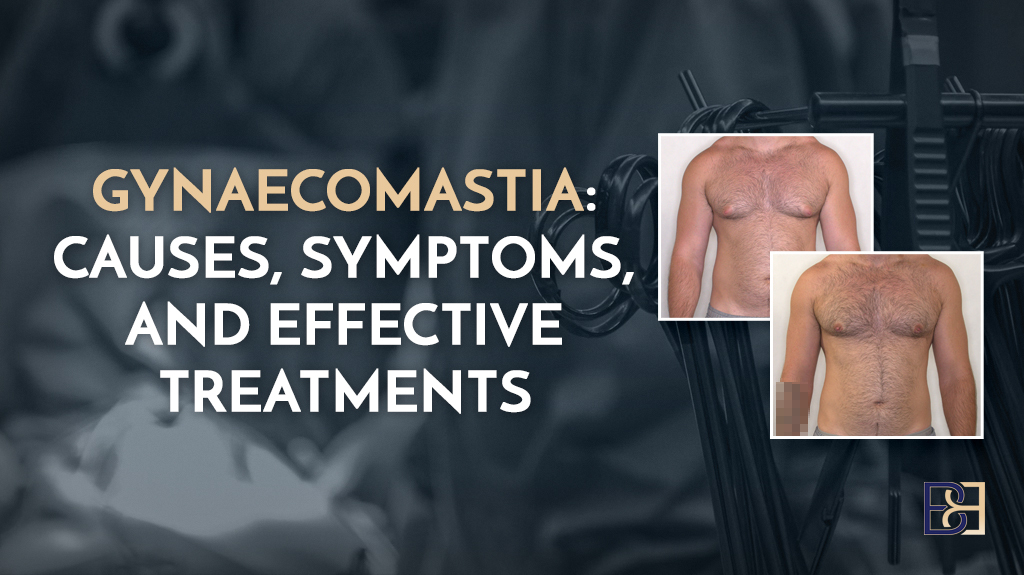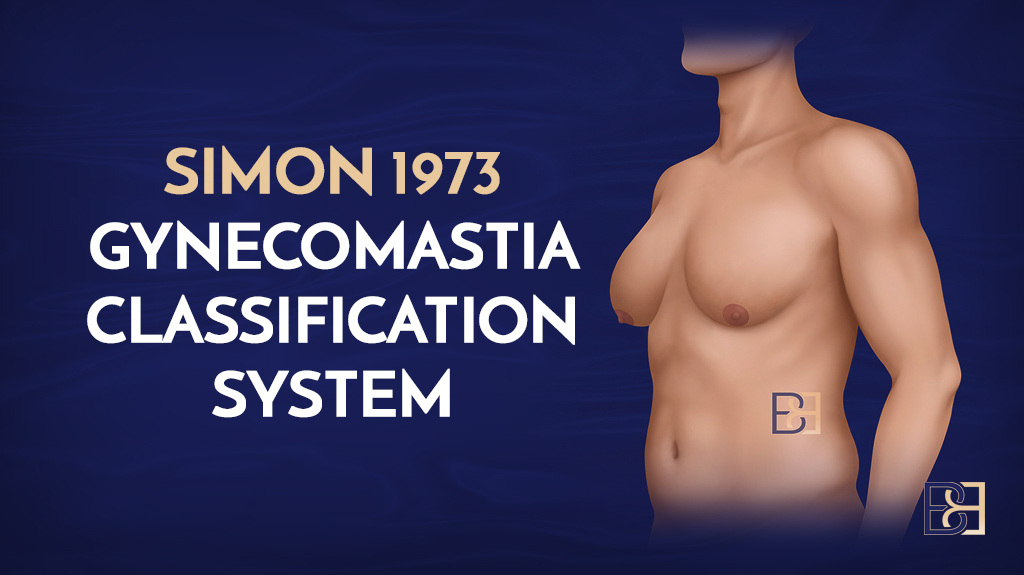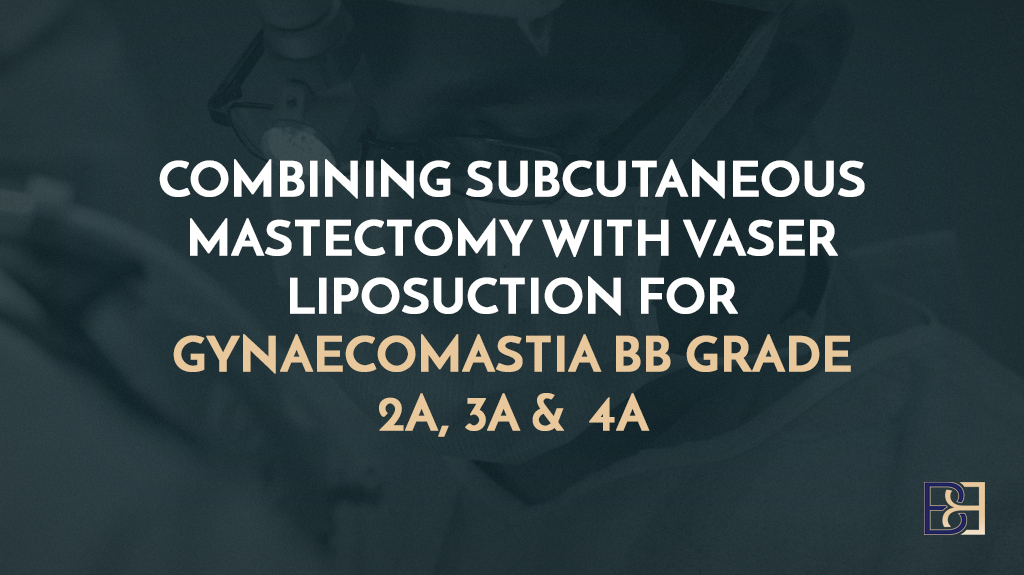Wondering if Medicare Australia covers gynaecomastia surgery? Read on to find out whether you can get financial assistance for this procedure, under what conditions, and the eligibility criteria involved.
Key Takeaways
- Medicare covers gynaecomastia surgery only if it’s medically necessary, not for cosmetic reasons, requiring thorough documentation and referrals.
- Costs for gynaecomastia surgery in Australia range from $5,000 to $10,000, with many patients facing significant out-of-pocket expenses despite insurance.
Understanding Medicare Coverage for Gynaecomastia Surgery

Book your appointment online now
Gynaecomastia, an abnormal increase in breast tissue in men, results in enlarged male breasts and often significant psychological distress. Surgery for male breast reduction surgery to reduce this excess breast tissue and glandular breast tissue can provide relief. How does Medicare assist with this procedure?

Disclaimer: Operation performed by Dr Bernard Beldholm. Adult content, surgery has risks; individual results vary, seek 2nd opinion. Please see the full disclaimer.
Medicare Australia covers gynaecomastia surgery if it is deemed medically necessary and classified as reconstructive plastic surgery. This includes cases with significant physical discomfort, psychological distress, or conditions like male breast cancer. The cost of surgeries in private hospitals, however, are not covered and are considered out-of-pocket expenses.
Eligibility for Medicare rebates varies based on individual circumstances, often causing confusion regarding coverage. Clarifying these nuances is important for those considering the surgery, affecting both financial and medical planning.
Criteria for Medicare Coverage
Medicare covers gynaecomastia surgery only if it is medically necessary, not cosmetic. This distinction is crucial, as elective surgery for aesthetic reasons is not covered. What qualifies as “medically necessary” in this context?
The surgery is deemed medically essential if it alleviates significant physical discomfort or psychological distress. To qualify for MBS Item 31525, the patient must have chronic pain or a significant breast gland size and have had gynaecomastia for over 12 months. A medical referral is also necessary to demonstrate the necessity of a surgical or invasive procedure.
Documentation is crucial. Patients must provide evidence of medical issues related to their enlarged breasts and confirm that non-surgical treatments have failed. A referral from a general practitioner is required to claim rebates under Medicare item number 31525. This thorough documentation ensures coverage for those who genuinely need the surgery for health reasons.
Medicare Item Numbers for Gynaecomastia Surgery

Medicare Australia uses specific item numbers to classify surgeries and determine coverage. For gynaecomastia surgery, the relevant item numbers are 31525 and 31526. These item numbers outline the criteria and conditions under which the surgery is covered.

Medicare item number 31525 covers unilateral mastectomy for gynaecomastia, which may include liposuction. Item number 31526 applies to bilateral mastectomy.
Both procedures must treat chronic medical conditions related to enlarged male breasts. Documentation and photographic proof are required for reimbursement.
Costs Associated with Gynaecomastia Surgery

Gynaecomastia surgery costs can be significant, including surgeon fees, hospital fees, and potential out-of-pocket expenses. These costs vary based on geographic location, the surgeon’s expertise, and the specifics of the procedure. Understanding these costs is essential for financial planning, whether covered by private health insurance or out-of-pocket.
Average Cost of Gynaecomastia Surgery in Australia
In Australia, the average cost for gynaecomastia surgery ranges from $5,000 to $10,000, varying based on factors like surgery complexity and location. Patients opting for private treatment often incur significant out-of-pocket costs.
In 2022-23, private patients averaged around $3,700 in out-of-pocket costs after insurance contributions, though this can fluctuate based on individual insurance policies and procedure specifics.
Breakdown of Dr. Beldholm’s Fees
There are several costs to take into account when looking at the final cost, each of these fees are invoiced separately:
- Surgical fee
- Hospital fee
- Anaesthetist fee
- Assistant fee
Dr. Bernard Beldholm, a specialist surgeon performing gynaecomastia surgery in Lorn, New South Wales offers several inclusings with his surgical fee. His surgeon fee covers the surgical fee, one compression garment, post-op appointments for 12 months and LED light treatments.
Health Insurance and Gynaecomastia Surgery

Private health insurance can significantly affect the costs of gynaecomastia surgery. Eligible patients may qualify for surgery rebates and possibly covered hospital fees if Medicare criteria are met. Confirm policy details with your health fund, as coverage levels vary.
Despite insurance coverage, many patients still face out-of-pocket expenses, averaging around $3,700. Understanding your policy and potential expenses is crucial for financial planning and avoiding unexpected financial burdens.
Preparing for Your Initial Consultation

Preparation is key to a successful initial consultation for gynaecomastia surgery. Being transparent about your health, surgical goals, and lifestyle is crucial. During the consultation, you’ll discuss your medical history, current medications, and surgical goals with your surgeon.
Prepare a list of questions to ask during the consultation. The physical exam may include measurements of breast size and shape, skin quality, and nipple position.
Post-Operative Care and Recovery

Post-operative care is crucial for a smooth recovery after gynaecomastia surgery. Patients typically need to wear a compression garment for at least four weeks to reduce swelling and promote healing. Strenuous activities should be avoided for two weeks, with most resuming normal activities within this timeframe.
Complete recovery usually takes four to six weeks, during which regular follow-up appointments are necessary to ensure proper healing. Pain management options range from prescription medications to over-the-counter pain relief. Adhering to post-operative care instructions is essential for optimal results.
Potential Risks and Complications

While gynaecomastia surgery offers significant benefits, awareness of potential risks and complications is essential. These include infection, bleeding, fluid accumulation, and complications related to general anesthesia. The excision technique may pose additional risks, such as increased scarring compared to liposuction (Suction-assisted lipectomy) alone, especially in areas with excess fatty tissue.
Discussing these risks with your surgeon before the invasive procedure carries risks is crucial for making an informed decision. Understanding potential complications and their management can provide peace of mind and prepare you for all outcomes.
Maintaining Results After Surgery
The results of gynaecomastia surgery are long-lasting, but maintaining them requires a commitment to a healthy lifestyle. Significant weight fluctuations can affect the outcome, so maintaining a stable weight is crucial. Staying hydrated and following a balanced diet rich in fruits and vegetables will support your body’s healing process.
Engaging in light activities shortly after surgery can increase circulation and prevent complications like blood clot. Following your surgeon’s recommendations and making necessary lifestyle adjustments will help maintain your results for years to come.
Summary
Understanding Medicare coverage for gynaecomastia surgery can be complex, but it is essential for making informed decisions about your health. By meeting specific criteria and providing thorough documentation, you may qualify for coverage, reducing financial burdens. Exploring financing options and understanding the costs involved will further aid in planning for the surgery.
Ultimately, gynaecomastia surgery can alleviate physical discomfort. With the right preparation, careful financial planning, and adherence to post-operative care, you can achieve lasting results.
Frequently Asked Questions
What does Dr. Beldholm’s surgeon fee include?
Dr. Beldholm’s surgeon fee covers everything from the surgical procedure to one compression garment, post op appointments for 12 months, and LED light treatments.
Does Medicare cover gynaecomastia surgery performed in private hospitals?
Medicare does not cover the hospital fee at private hospitals, so you will need to handle that cost yourself. If you have private health cover, it should cover the hospital cost if you are on the correct plan.
What is the MBS item number for gynaecomastia surgery?
The MBS item numbers for gynecomastia surgery are 31525 and 31526.
How much does gynaecomastia surgery cost in Australia?
Gynaecomastia surgery in Australia typically costs between $3,000 and $6,000 AUD. Just keep in mind that prices can vary depending on the surgeon and the specifics of your case.
What criteria must be met to qualify for MBS Item 31525 for gynaecomastia?
You need to show that the surgery is medically necessary or reconstructive, have chronic pain or significant breast size, and have dealt with gynaecomastia for over a year.






